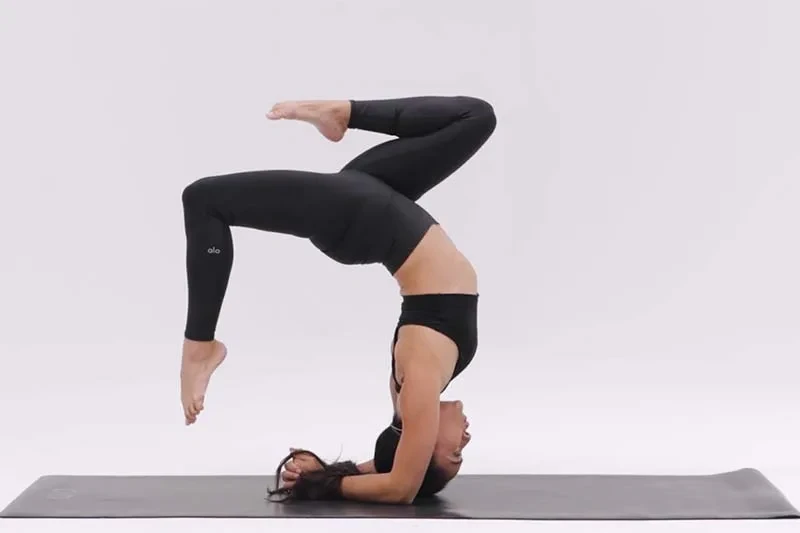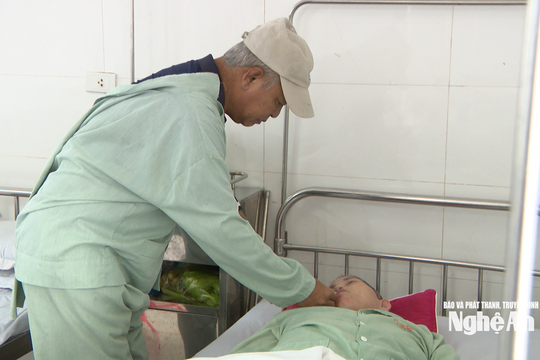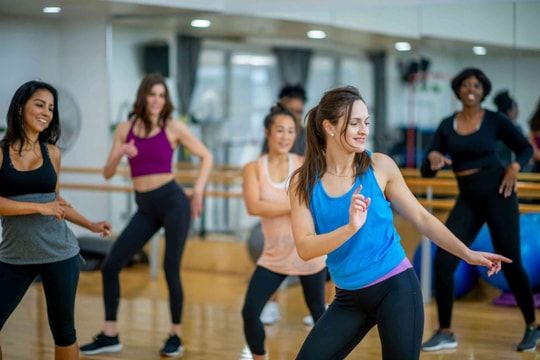3 dangerous yoga poses that can cause stroke
Neurologist Jeremy M. Liff warns that three dangerous yoga poses, such as the wheel, the fish, and the Hollowback, can tear the carotid artery, leading to a stroke.
Yoga has long been considered a practice that helps increase muscle strength, improve posture and reduce the risk of chronic disease. However, neurologist Jeremy M. Liff, a senior member of the Society of Interventional Neurosurgery and a staff member at Northwell Lenox Hill Hospital (USA), said that some yoga poses can increase the risk of stroke when blood flow to the brain is interrupted.

According to him, although yoga can help restore movement after a stroke, some other postures can damage the carotid artery, the blood vessel system that runs from the neck to the brain, which can lead to dangerous complications.
A carotid artery tear occurs when the inner lining of an artery in the neck is damaged, allowing blood to leak in and form a clot. When the clot travels to the brain, it can cause a blockage and lead to a stroke.
Although this condition accounts for only 1-2% of all strokes, it is the cause of up to 25% of cases in young and middle-aged people. A 2022 report documented the case of a 63-year-old man who suffered a ruptured artery after a yoga session.
In addition, the April issue of Annals of Vascular Surgery this year also mentioned many cases of spontaneous carotid artery tears due to "excessive neck extension during yoga, drinking alcohol, coughing or vomiting forcefully, or after spinal manipulation."
Dr. Liff notes that yoga moves that overextend the neck or put weight on the head are dangerous, especially for older people or those with cervical spine conditions.
Wheel Pose
Wheel pose, also known as Upward Bow or Urdhva Dhanurasana, opens the chest, shoulders, and hips and strengthens the arms, legs, and spine. However, a 1973 medical report noted that a 28-year-old woman developed vertebral artery stenosis and a stroke after performing this pose.

Because it requires deep back bending and strong neck extension, wheel pose can increase pressure on the blood vessels in the neck if practiced with incorrect technique or without a proper warm-up.
Fish Pose
Fish pose (Matsyasana) is a backbend that opens the chest and stretches the neck. Physical therapist Susan Eaton once suffered a serious neck injury while performing an advanced variation of this pose, which places a lot of pressure on the head and neck.

She said the sensation of “overextending the neck” worried her, and a few days later, Eaton suffered a stroke from a torn left carotid artery. Her case is considered by experts to be a classic example of the risks of pushing the neck too far.
Hollowback Banana Pose
The Hollowback Handstand is an advanced variation that requires the practitioner to stretch the neck and drop the hips back while in a reverse handstand.

Famous yoga practitioner Rebecca Leigh once shared that while performing this pose, her vision suddenly blurred. Two days later, she had droopy eyelids and uneven pupils, forcing her to be hospitalized. Tests showed that Leigh had torn her right carotid artery, leading to a stroke.
“I was shocked when the doctor told me I had had a stroke. I was healthy, ate well, didn’t smoke and was an athlete all my life,” she said.


.jpg)




